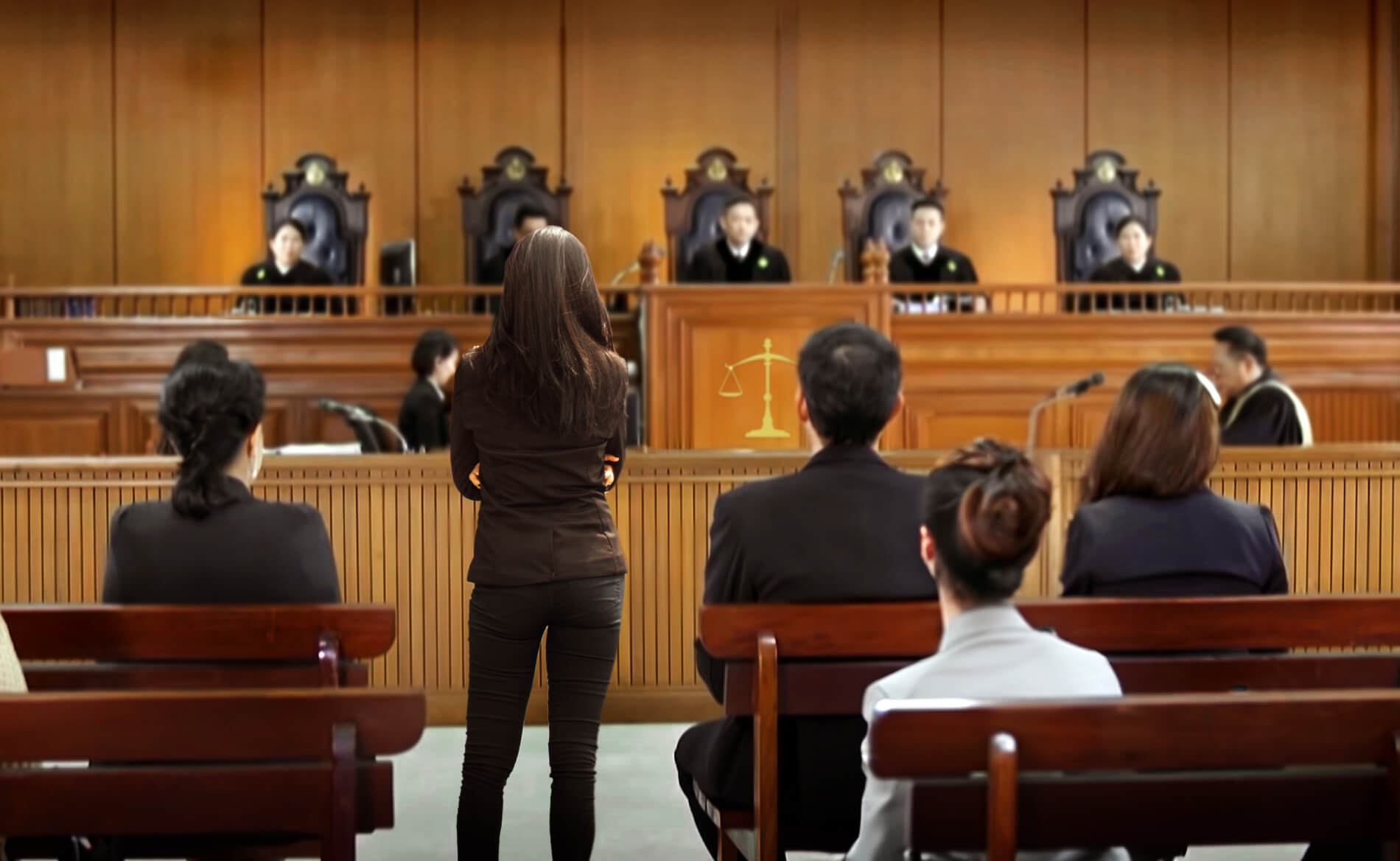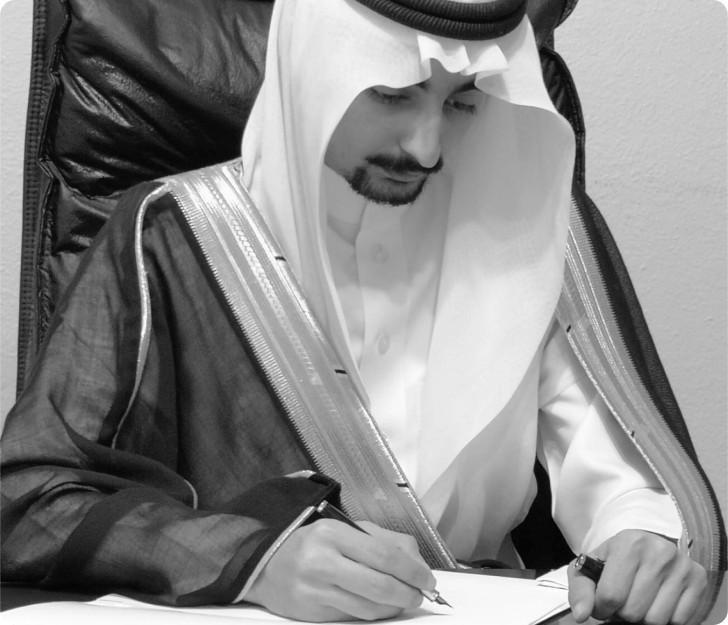Practicing Law & Art Of Argument
The main fundamental function is pleading, where a lawyer argues all the facts in order to achieve the best benefit for the client. In dead, Prof. Sinhoori describes practicing law as the art of argument. In this essay, I would like to examine the highlights of the argument industry in Saudi legislation.
A brief history of law`s practices in Saudi Arabia:
Worth mentioning is that there is a difference between actual existence, legal establishment, and organizational development. The actual presence is linked to the presence of the judicial entity, and I will take into account in this article the experience of the judiciary in the Najd geographical region. The judiciary in Najd has existed since the founding of the Saudi State by the late Founder of the Ruler Mohammed bin Saud bin Mohammed bin Maqran Saud – may Allah mercy his soul- in 1727.
At that point, the rules of the legal profession were derived from the Agency’s principles in the legislation of Islamic Hanbali jurisprudence.
The situation continued until 1928, when King Abdulaziz bin Abdulrahman Al Saud – may Allah mercy his soul- Issued the law of status and composition of the Shari ‘a courts. Worth mentioning here that interest in the legal profession has been closely linked to interest in the judicial sector since the early ages of Saudi Arabia. Where The Shari ‘a Judicial Responsibilities Consolidation Law was issued in 1939, which made it the prerogative of the Chief Justice to give testimony to power-of-attorney professionals (lawyers).
Saudi legislation followed until the establishment of the Presidency of the Judiciary which appointed the first Head of the Saudi Judiciary, Sheikh Mohammed bin Ibrahim Al Sheikh in 1959.
In October 2001, the Kingdom passed the first legislation governing the legal profession, in particular in preparation for accession to the World Trade Agreement.
The Art of Argument in Saudi Culture:
Since ancient times, the Saudis have been distinguished by the strength of argument and eloquence of tongue, and this was primarily prominent among poets, where the art of poetic contradictions arose, where the first poet claims a specific matter to which the opposing poet must respond to a degree equal to or greater than his strength.
The art of argument emerged in the court of King Abdulaziz, may God have mercy on him, at the beginning of the twentieth century, when the government hired one of those working in the land transport sector using camels, known as (Jmmalin), and one of them was called (Jmmal).
Due to the misuse of the beneficiary, one of the camels was damaged When the Jmmal went to collect the rent from the court of King Abdulaziz, may God have mercy on him, he made a brief claim stating that he was aiming to profit from this contract, but he suffered losses, as one of his camels was damaged, which could lead to the death of the camel. His Majesty the King compensated him with two camels in place of his injured camel. ( Dictionary of families west of Buraidah(
The strength of the argument was evident in its brevity and sophistication, which characterized the judiciary at that time by speed in resolving disputes. In another case, an importing merchant disputed the decision of the Customs Authority at the Court of His Majesty King Saud bin Abdulaziz, may God have mercy on him, where he argued that all goods are made of wool, regardless of the form. The final product takes, whether it is home carpets or men’s clothing!
Why do you need Khalaf Bandar to file a lawsuit?
The first step in resorting to the judiciary is to file a lawsuit, which is matched, on the other hand, by filing the first response. This step is the basic building block of the judicial process through which the legal status of the litigant can be found. Many cases are profitable, but the release of the case makes it a losing case.
The jurist Al-Sanhouri, may God have mercy on him, says: “Law is the art of argument, argument, proof, and persuasion. The pioneers of philosophy were lawyers. With their arguments, high language, and insight, many poets were lawyers. With the tools of language, eloquence, and acumen they possess, it is not the job of a lawyer to decide a dispute, but rather it is the job of a judge. It is not the job of lawyers to overturn constants or shade facts.”
The lawyer’s job is to present the case by the reality of the situation, present evidence and evidence, and be fair to the facts of the case. Mentioning evidence without meaning is useless.
The lawyer’s job in writing the case is to understand the case, then present the evidence and meaning, and establish a solid relationship between them. Whenever this delicate process is disrupted, the litigant’s position becomes weak and variable, exposed to loss.



